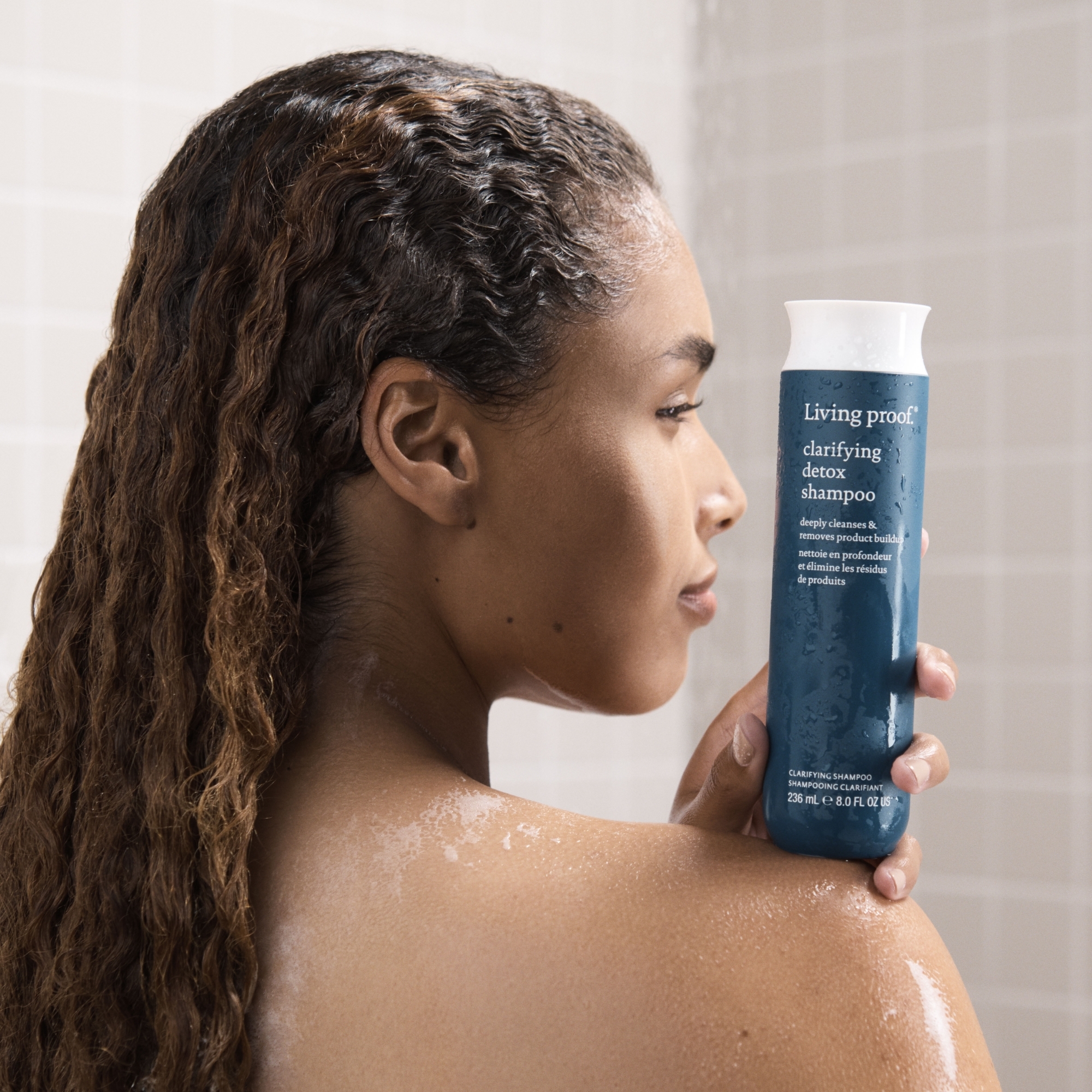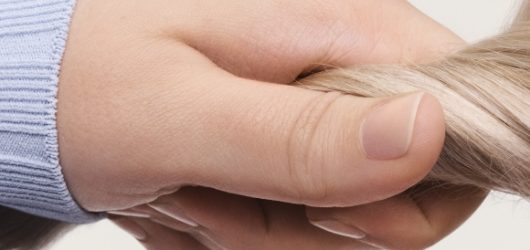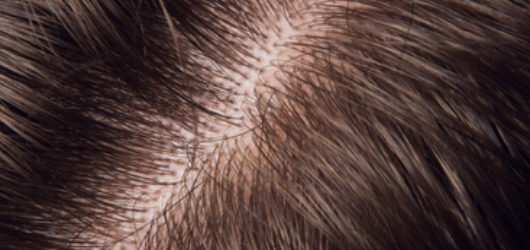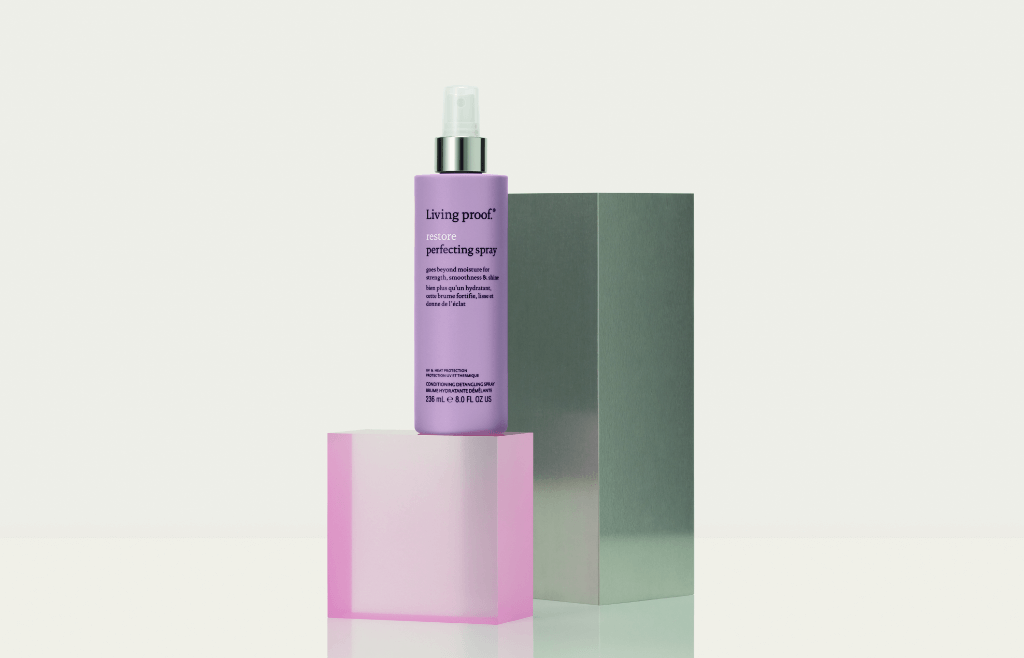
7 Tips for Properly Drying Your Hair: Advice from Haircare Experts
Discovering the best way to dry your hair could be a game changer in your haircare routine. It's true — understanding the significance of how to dry your hair is fundamental to maintaining hair health and achieving your desired style.
The process of hair drying is more than just the final step in your wash routine — it also plays a pivotal role in shaping your hair's texture, enhancing its natural shine, and reinforcing its strength. Ultimately, the method you use to dry your hair is a major determinant of its health and vibrancy, playing a key role in safeguarding it from damage.
In this guide, we'll share expert tips and strategies to help you navigate this essential step in your haircare routine, ensuring you dry your hair in a way that minimizes damage and optimizes results.
The science of hair drying
Our hair is constructed primarily from a protein called keratin, the same substance that forms our nails and, in other animals, feathers and claws. Every hair strand comprises these critical layers:
- The outermost layer of a hair strand is the cuticle. It's made of overlapping cells, like roof shingles, and provides protection to the inner layers. Its health and condition significantly affect the hair's appearance, including shine and smoothness.
- The inner layer, or cortex, gives hair its color, texture, and strength. It's made of long proteins and contains the melanin that provides hair color. The cortex makes up the majority of the hair shaft.
- In addition to these two, there's often a third layer, the medulla, situated in the center of the hair strand. However, it's not always present (especially in fine or light-colored hair), and its function isn't fully understood.
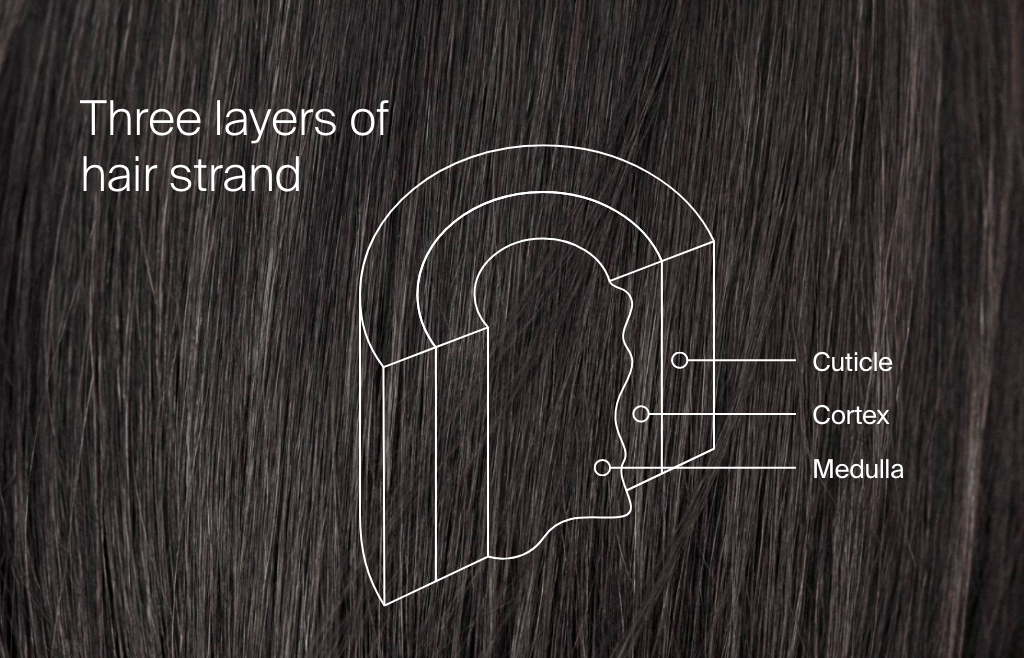
Water plays a significant role in hair health, contributing to its hydration and elasticity. However, when not managed correctly, water can also cause damage. As hair gets wet and subsequently dries, it undergoes physical and chemical changes.
When you wet your hair, the cuticle layer opens, allowing water molecules to penetrate. Hair can absorb up to 30% of its own weight in water, leading it to swell the longer it stays wet. This repeated cycle of swelling followed by gradual drying can lead to cracks in the hair shaft.
Moreover, extended dampness from air-drying also causes the hair to swell. This swelling applies pressure on the proteins that keep your hair intact, potentially resulting in breakage.
Common hair drying mistakes to avoid
Many habitual mistakes can lead to hair damage during the drying process, including:
- Excessive use of heat: This can strip your hair of its natural oils, leaving it dry and prone to breakage.
- Aggressive towel-drying: Vigorously rubbing your hair with a towel can cause friction, leading to frizz and damage.
- Ignoring heat protectants: These products form a protective barrier on the hair shaft, shielding it from heat damage.
- Using inappropriate tools: Coarse towels or low-quality hair dryers can harm the hair cuticle, leading to frizziness and breakage.
- Not using a detangler on wet hair: Incorporating a detangling product can minimize tangles and reduce the likelihood of damage.
- Applying too much force while drying: Harsh handling of your hair, especially when wet, can lead to unnecessary stress and breakage.
- Overlooking individual hair type needs: The structure and needs of our hair vary greatly depending on its type and texture. For instance, straight hair tends to be oilier and may require the use of volumizing techniques to prevent it from looking limp.
Each hair type has unique needs during the drying process. Here's a simple breakdown:
- Curly or coily hair often lacks moisture and benefits from gentle drying to keep natural oils.
- Thick or high-density hair may need higher heat and longer drying times.
- Thin or fine hair can be more vulnerable to heat and requires lower heat to avoid damage during drying.
How to dry hair without damage
Getting the hang of the correct hair-drying practices can play a significant role in preserving your hair health. Let's explore some insightful tips to aid you in this process:
- Prep before blow-drying: This involves gently blotting your hair with a towel to remove excess water and prepping it with a heat-protectant product. This will minimize potential heat damage.
- Use heat protectants: Products such as our Heat Styling Spray help form a shield around your hair shaft to protect against heat damage.
- Avoid high heat settings: High heat can cause more damage than you might realize. Be sure to select a heat setting suitable for your hair type and condition. For fine or damaged hair, always choose lower heat settings.
- Dry hair in sections: Divide your hair into smaller sections to achieve a more even heat distribution, which minimizes the chances of over-drying or under-drying parts of your hair.
- Detangle correctly: Use a wide-tooth comb or a wet brush with a detangling product or leave-in conditioner to make the detangling process gentle and efficient.
- Use a microfiber towel: A microfiber towel is softer and gentler than a regular cotton towel, reducing friction and minimizing the potential for breakage.
- Apply a strengthening treatment: A product such as our Triple Bond Complex helps reinforce your hair strands, fortifying them against potential damage.
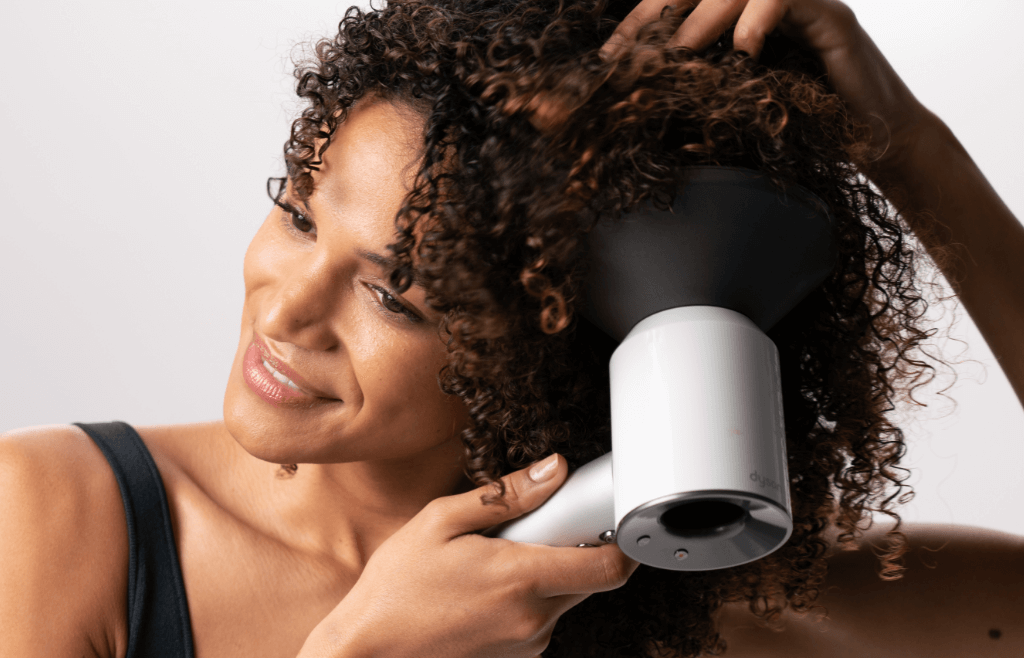
So, what is the best way to dry hair?
Empowering yourself with knowledge of hair structure, water's impact, and effective drying techniques lays the groundwork for maintaining your hair health. But this is just part of the equation. Specialized haircare products offer another layer of protection and nourishment.
For example, Living Proof's Heat Protectants are designed to protect hair from heat damage, with some protecting against UV damage. These products form a barrier that prevents moisture loss and damage from high-temperature styling tools such as curling wands, blow dryers, and flat irons. This collection offers a range of products, including smoothing creams and hairsprays, suitable for all hair types. They shield your hair strands without weighing them down, providing thermal protection up to 450°F, while some have daily UV protection, effectively preventing heat and sun damage.
But remember, there’s no one-size-fits-all solution when it comes to haircare. Individual hair types require individualized care. To help customize your haircare routine, check out our personalized Hair Quiz, which matches you with the Living Proof products and techniques that best suit your hair type and needs.

